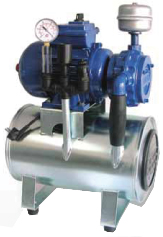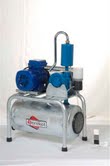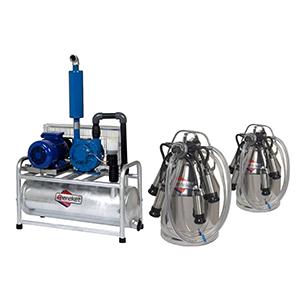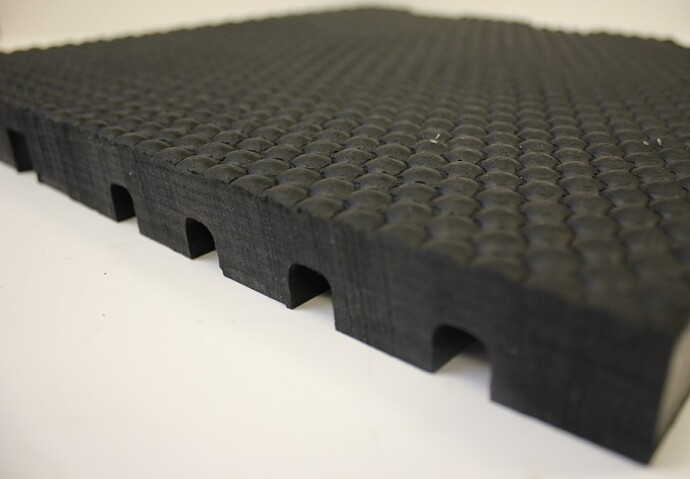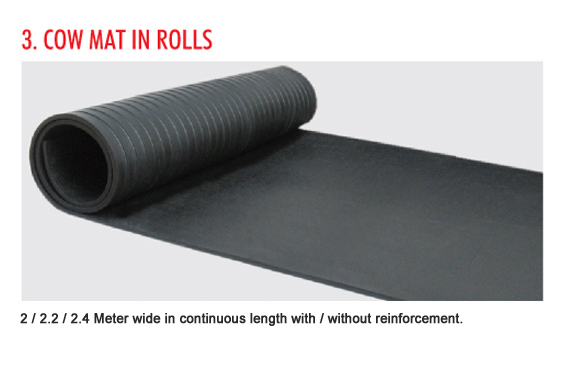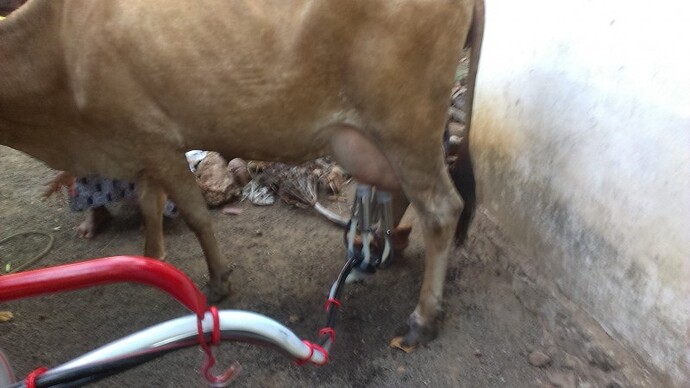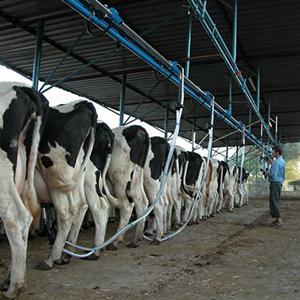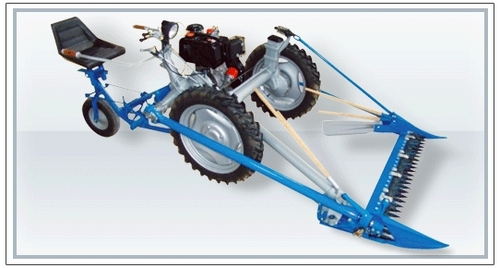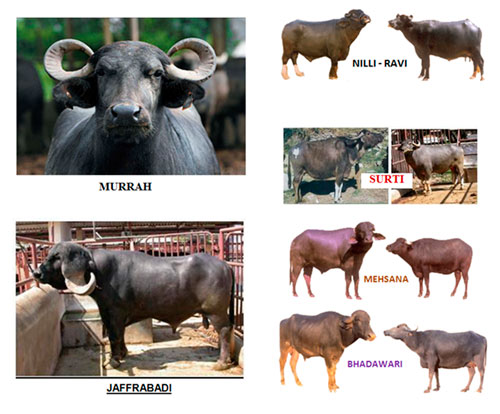[quote=srivinayakatvm]
Azolla is a unique plant that can help reduce man-made climate change and it provides bio-fertilizer, livestock feed, food and renewable energy anywhere in the world. It is a unique freshwater fern that is one of the fastest growing plants. It is able to get its nitrogen fertilizer directly from the atmosphere. It is able to produce bio-fertilizer, livestock feed, food and bio fuel exactly where they are needed and it draws down large amounts of CO2 from the atmosphere, thus helping to reduce the threat of climate change.
Azolla has enormous potential as a livestock feed due to:
a). Its high content in proteins, essential amino acids, vitamins (vitamin A, vitamin B12, Beta Carotene), growth promoter intermediaries and minerals.
b). Its ability to proliferate without inorganic nitrogen fertilization.
c). Its high rate of growth in water without the need to displace existing crops or natural ecological systems.
It has been used for many years in all parts of Asia and Africa to feed pigs, ducks, chickens, cattle, fish, sheep and goats and rabbits. Azolla is very rich in proteins, essential amino acids, vitamins (vitamin A, vitamin B12, Beta Carotene), growth promoter intermediaries and minerals including calcium, phosphorous, potassium, ferrous, copper, magnesium. Its composition makes it one of the most economic and efficient feed substitutes for livestock, particularly as can be easily digested by livestock due to its high protein and low lignin content.
Murali Krishnan
dear sir
Where is available Azolla seeds… kindly tell tome ]


